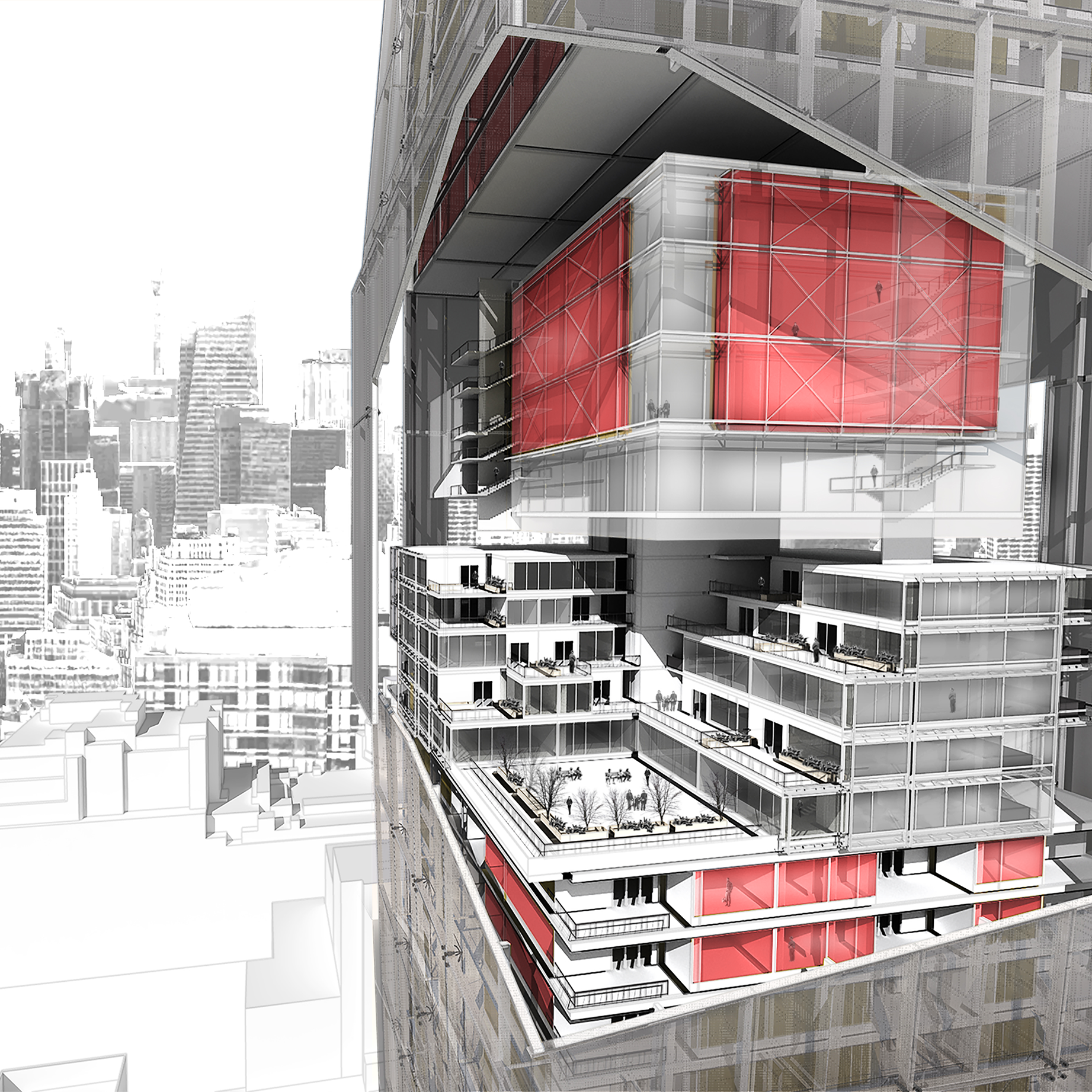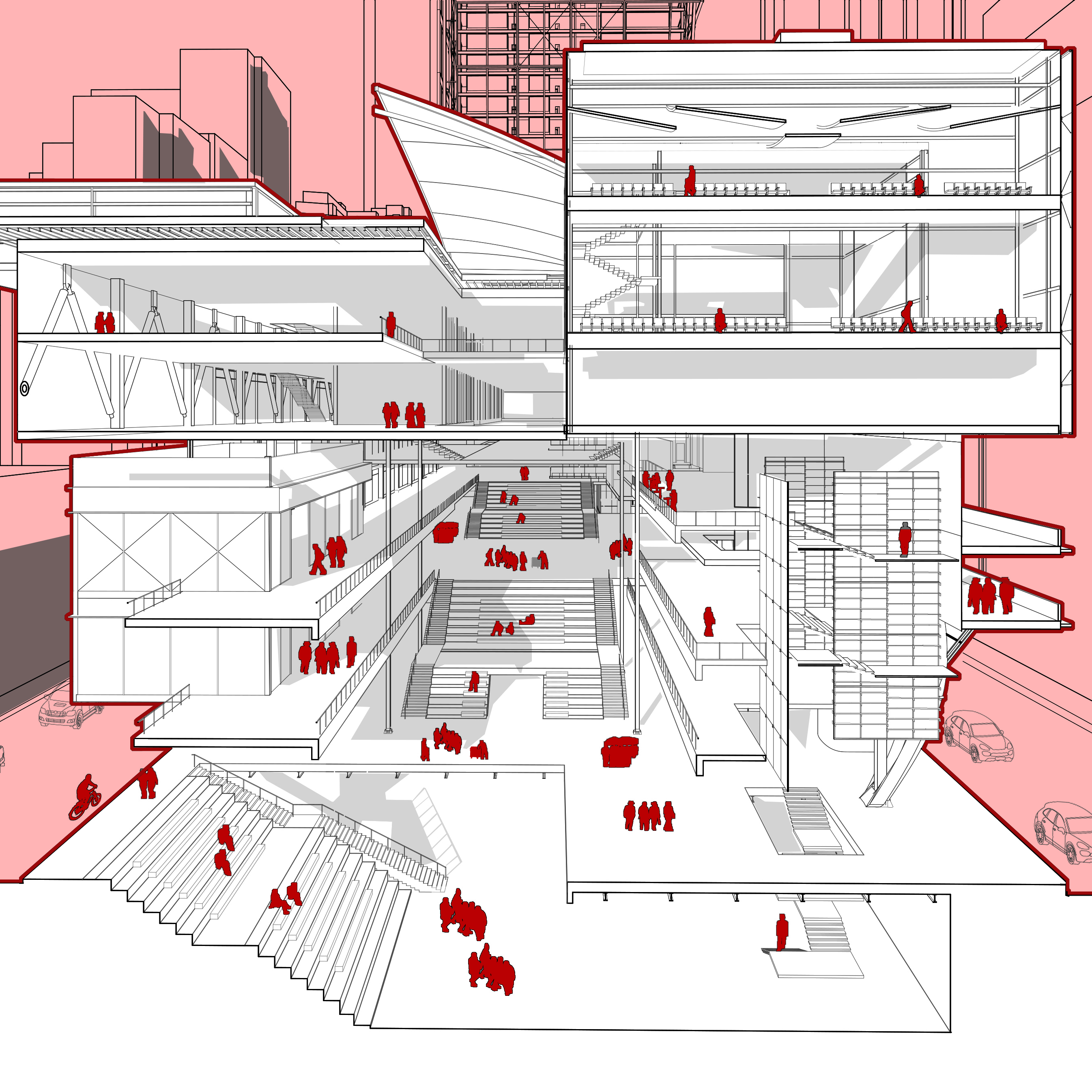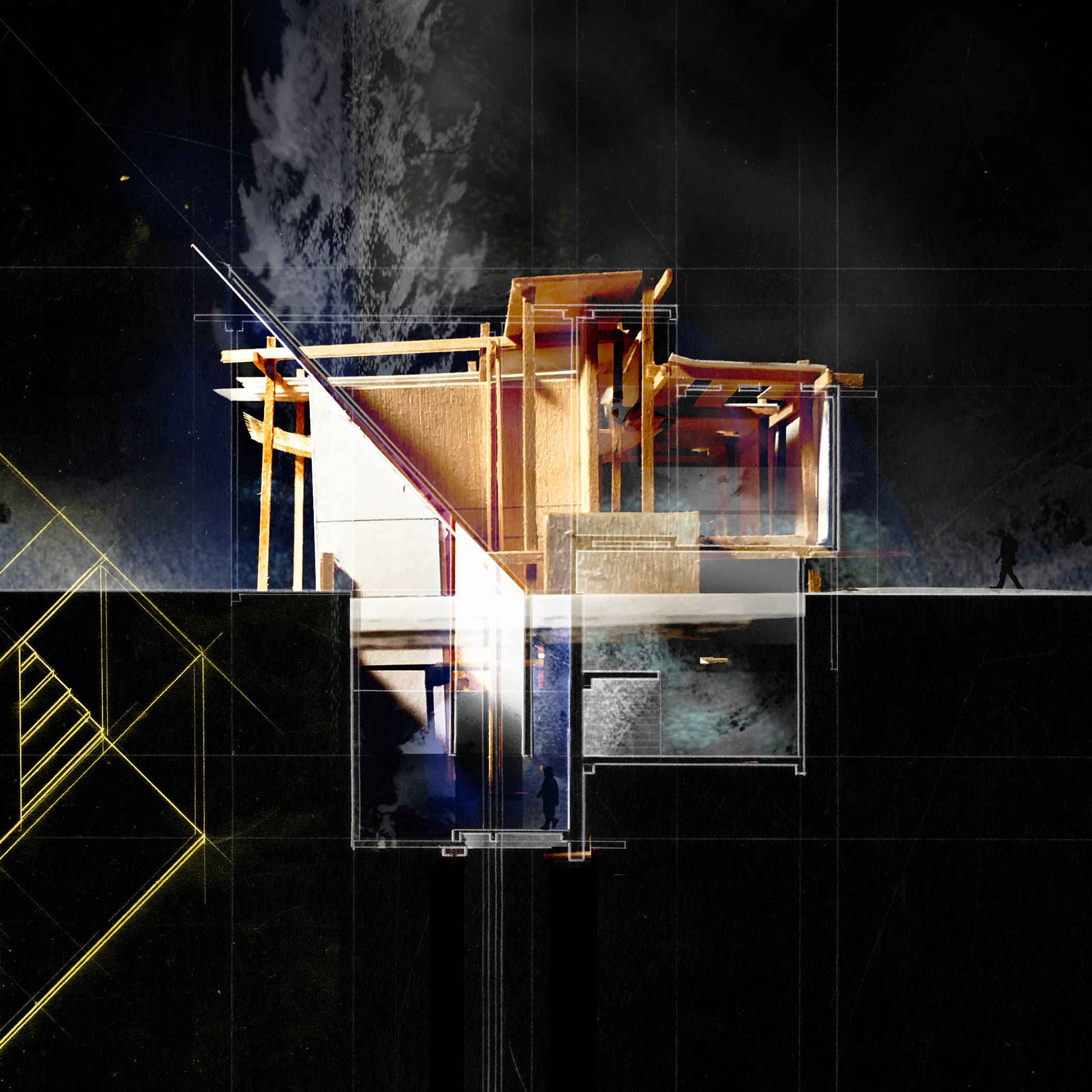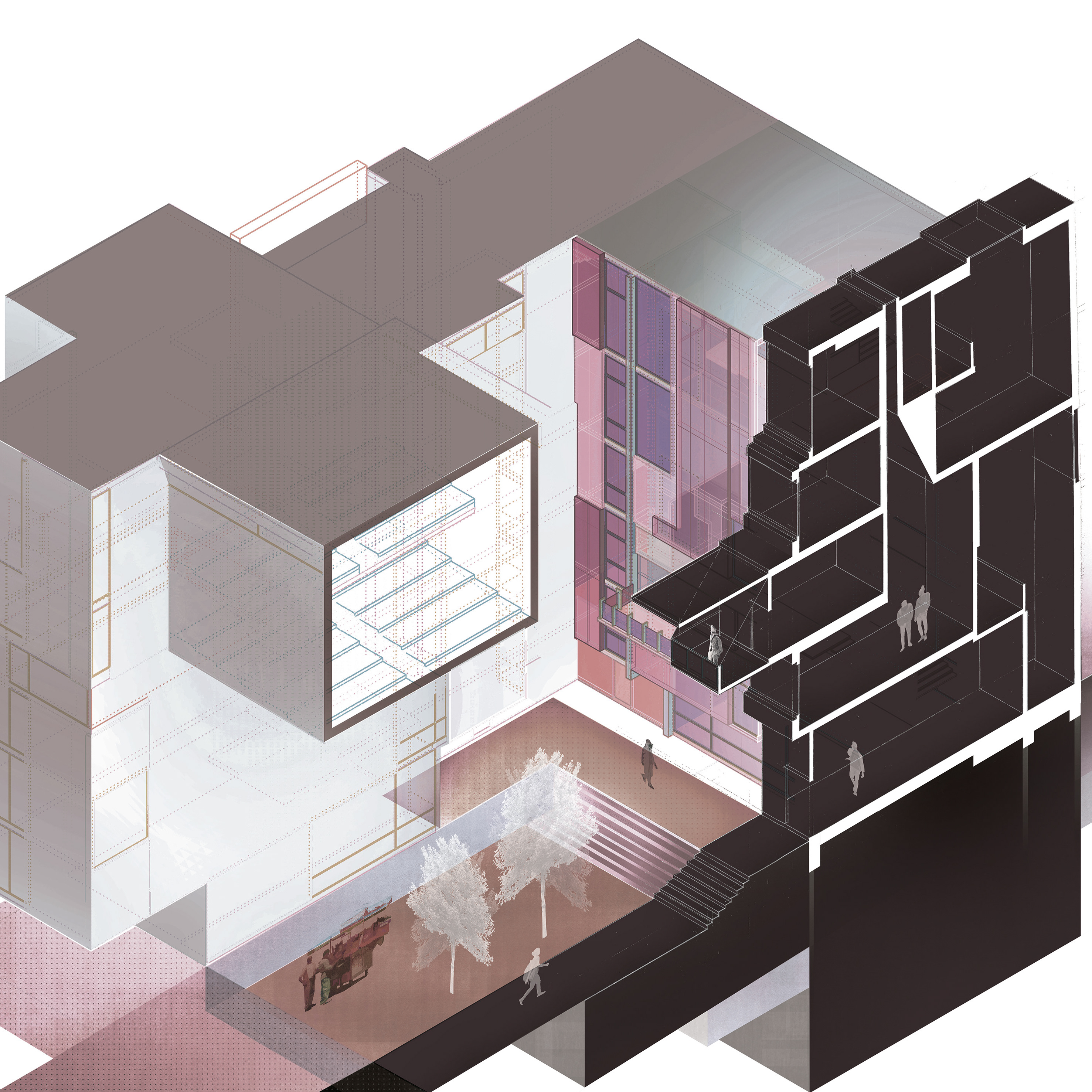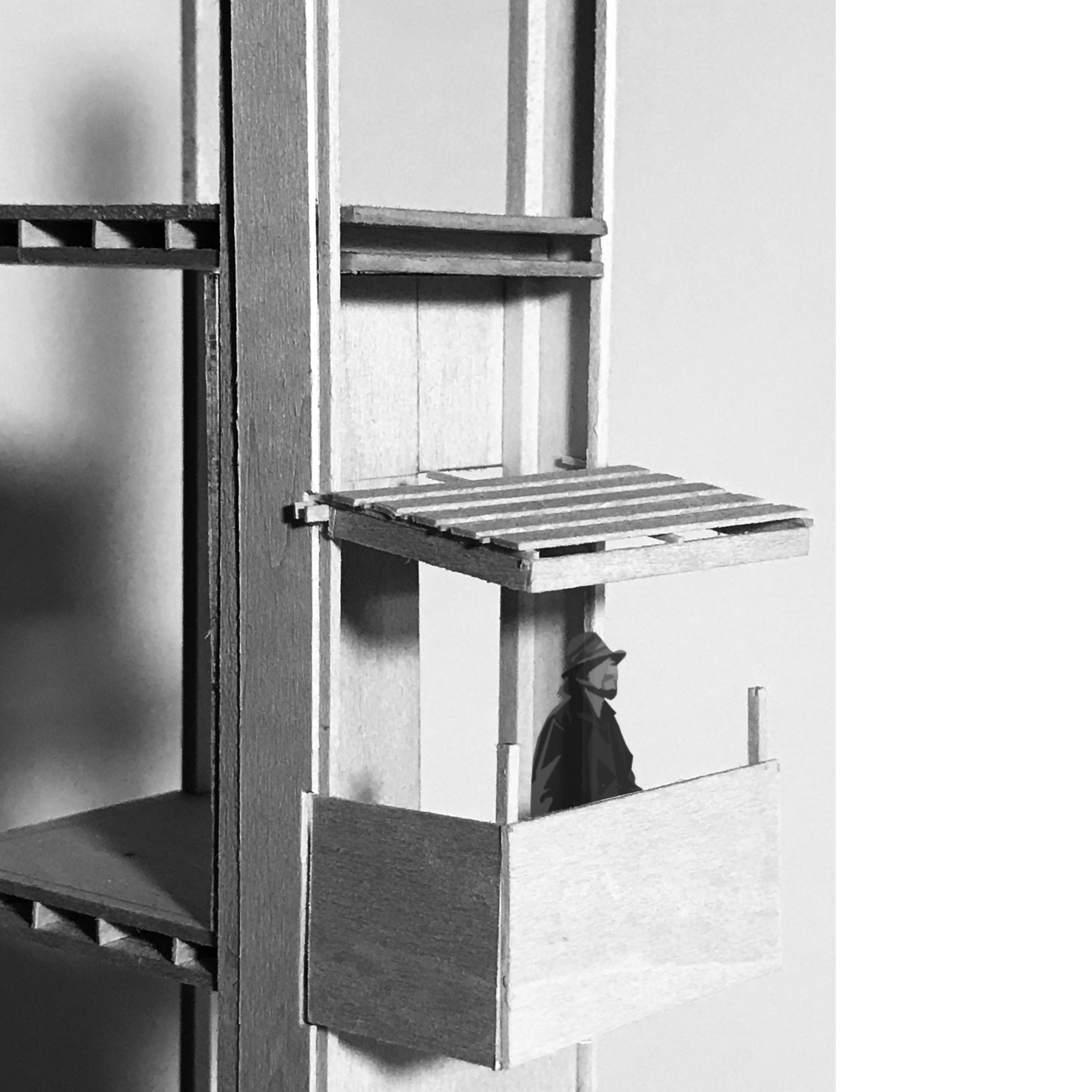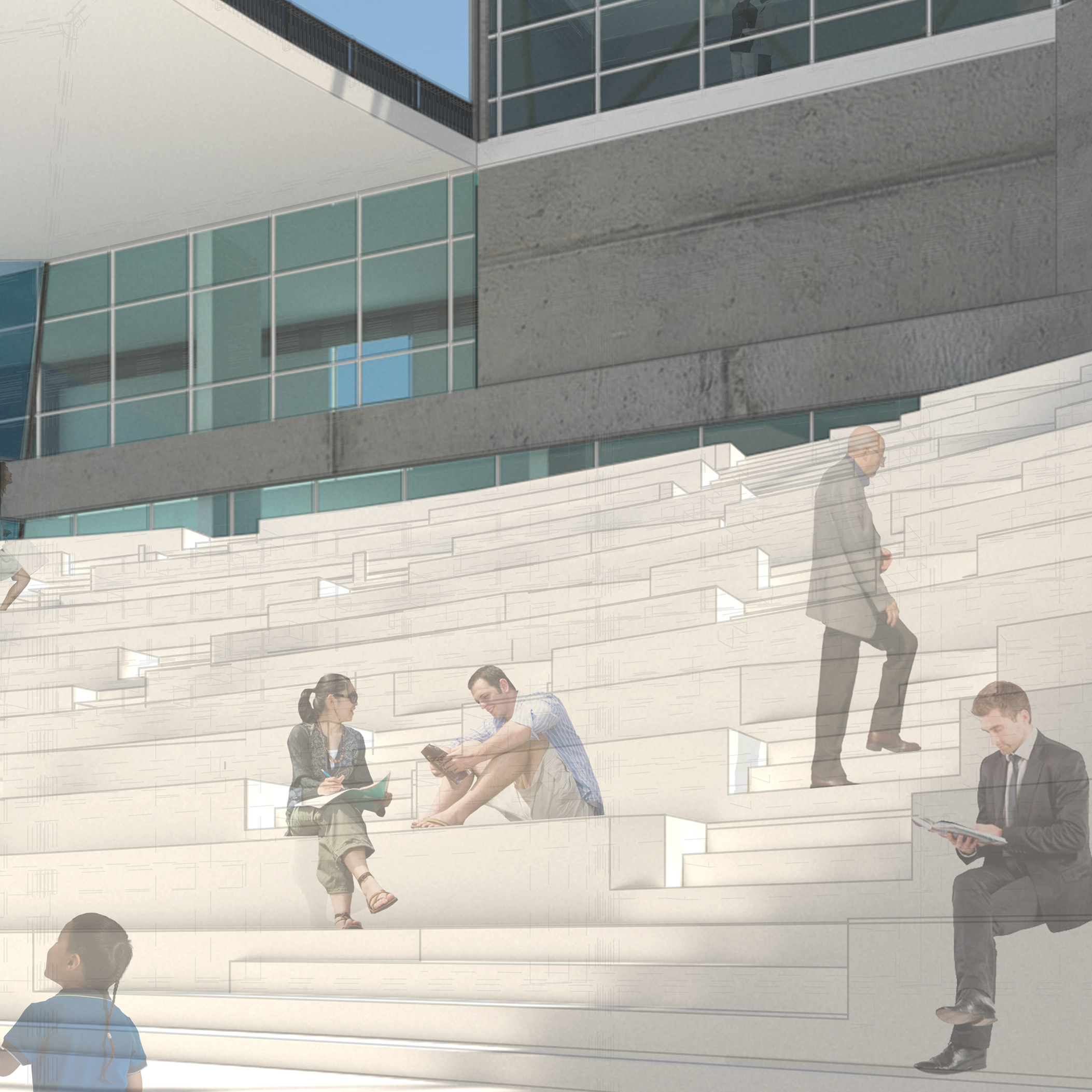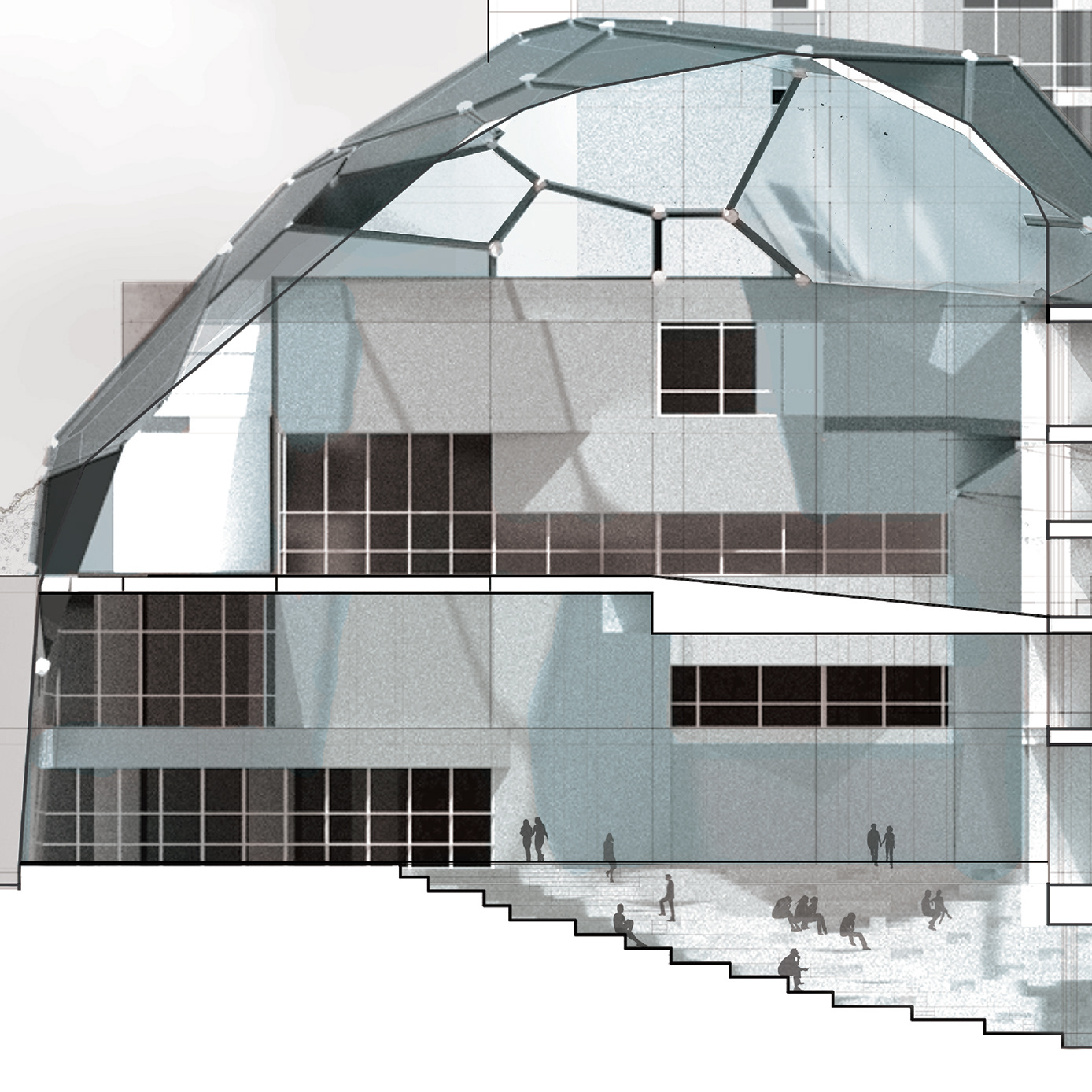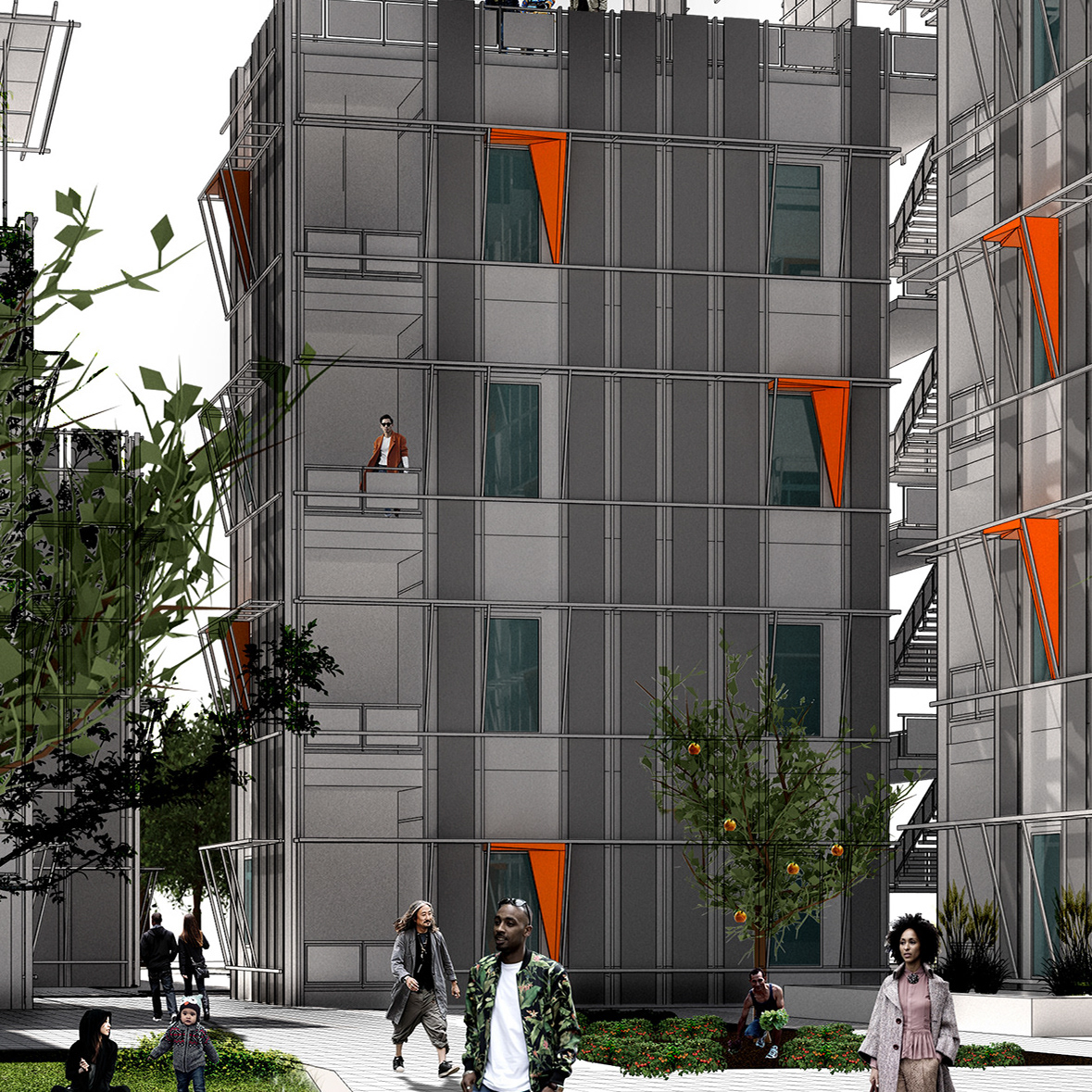MENNESKEBIBLIOTEKET
FALL 2021 - professor NEAL ROBINSON
ANN ARBOR, MI
ANN ARBOR, MI
Menneskebiblioteket is an homage to the original Human Library in Copenhagen. It leans into the utility of the Library as an agent of progress, a dynamic social device, and a repository of spatial memories.
The Library provisions a distinct and irreplaceable space for human interaction and discourse which, ideally, prefaces productive growth; it acknowledges the depth of human, spatial, spiritual, unexpected, and profound experience. If a word is a container of meaning, and books are collections of meaning, then the human conditions from which books are derived are potent and nuanced repositories of memory and thought.
Menneskebiblioteket replaces the book with the person, bolstering the experience of the Library by making the unsaid necessity of human interaction an essential programmatic element.
The original documentation from Menneskebiblioteket fully refers to Persons as Books. This experience distilled and consolidated a unique and essential part of Humanity. I began to ask what makes us Human? In Kubrick’s 2001: A Space Odyssey, Monoliths represented markers of Human Evolution, and I began to question how can a Library become a Monolith? Not necessarily as a marker of evolution but as an agent in making Humans essentially more Human.
Ridley Scott’s Blade Runner suggests that humanity, or perhaps the soul, is defined by its memories - whether those memories are reality is irrelevant. Experience and reality are inherently referential to perceived knowledge (or memory).
This section reveals unlikely conversations that may have occurred if the Menneskebiblioteket transcended the temporality of this proposal - if it had existed since the beginning of time. What would world leaders have to learn from their predecessors if they could converse with them frankly and transparently?
It’s more useful to refer to the previous happenings of the Library as memory rather than “history.” To say the least, its memory can be characterized by this responsive ebb and flow of events within and around its context, like the Library aiding in a contraption that allowed paralyzed Polio patients to turn book pages by their most mobile body part, or how soon after being named Library of the year, it was found that the budget was short $1 million due to embezzlement by the then-finance director.
In this speculative Library, intelligence undergoes a 5 part process, though not necessarily entirely linear or prescriptive: to excavate memory and discernments from our daily experiences, to harvest those memories in the Library, deposit them in archives, transform that knowledge into new things (machines, scientific findings, a great number of things), and finally distributing that newly gained knowledge to the rest of the world.
Each sampled image collaged onto the above diagram is representative of these operations done onto knowledge, as if the Library were a literal machine. For example, the Compressor asks “How do I turn air into wind?”
